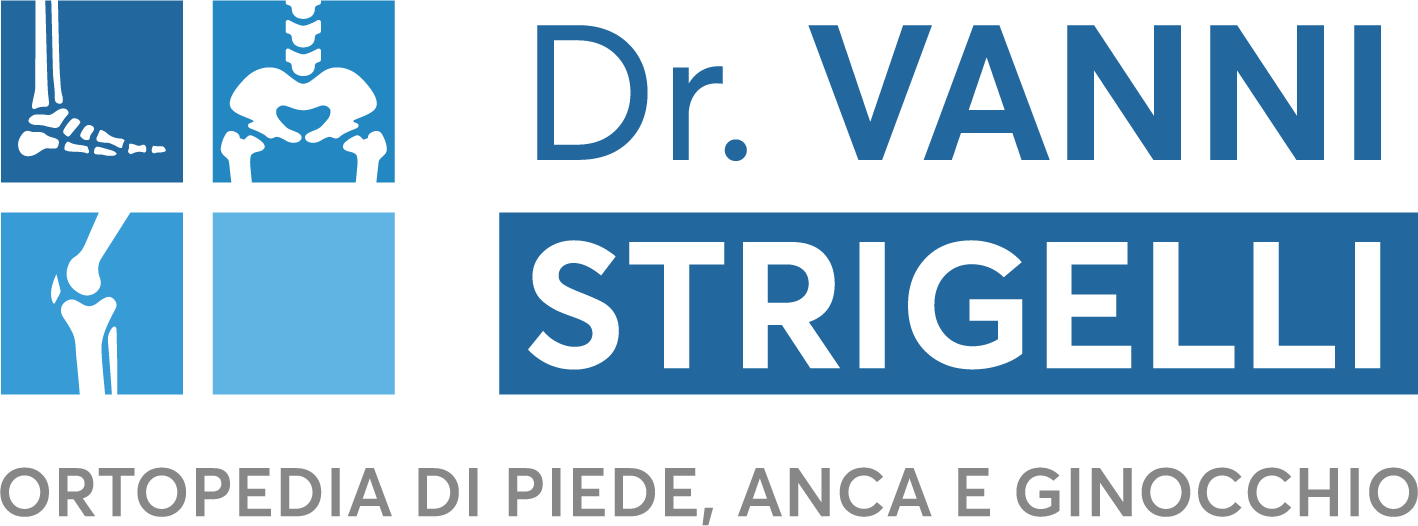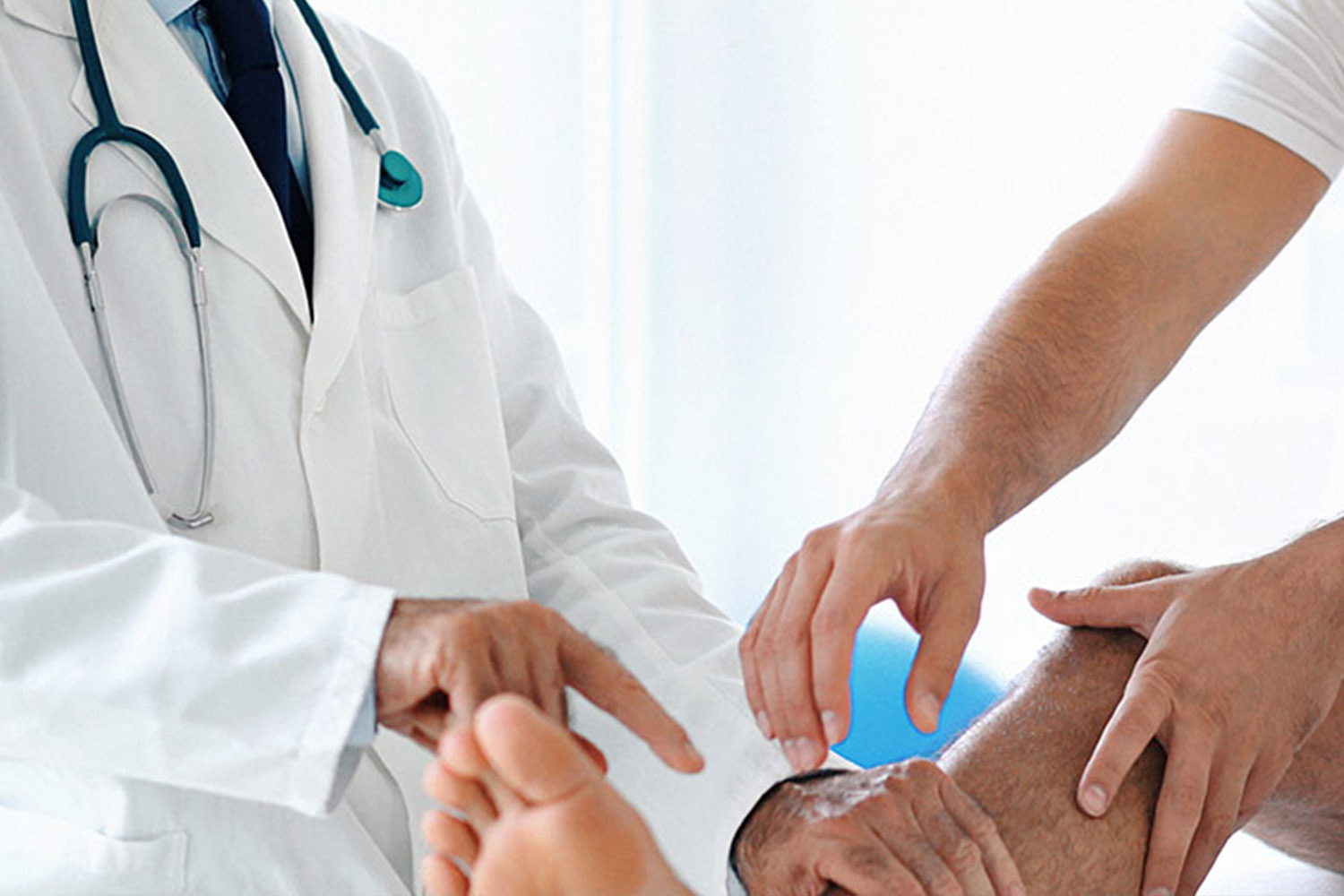The orthopedic visit is concentrated on the health of the musculoskeletal system, including bones, joints, and muscles, both in normal conditions and following traumas. It is conducted by an orthopedic doctor who deals with the diagnosis and treatment, both surgical and non-surgical, of the musculoskeletal system. The visit is painless and non-invasive, helping diagnose acute, chronic, or degenerative conditions affecting the spine, upper limbs (shoulder, elbow, hand, and wrist), or lower limbs (hip, knee, foot, and ankle).
Common conditions addressed include osteoarthritis, meniscus problems, knee ligament and rotator cuff injuries, carpal tunnel syndrome, bunion, Morton’s neuroma, ulnar nerve compression syndrome, and plantar fasciitis.
In this article, we will delve into the details of:
- Orthopedic visit for the hip
- All you need to know about the orthopedic visit for the knee
- Useful information for an orthopedic visit for the foot
- An excellent orthopedic facility in Tuscany for your visit
1. Orthopedic Visit for the Hip
When you begin to experience pain, stiffness in the hip, buttocks, or groin area, it is crucial to understand the cause. Difficulty walking or experiencing muscle or joint pain are significant reasons to consult a specialist and undergo a visit.
The hip is responsible for supporting the body’s weight and plays an essential role. The orthopedic visit for the hip involves:
- Medical History: Understanding the patient’s history and characteristics of the issue.
- Physical Examination: Assessing pain, movement possibilities, and muscle strength.
- Diagnostic Tests: If needed, the specialist may recommend additional tests such as X-rays.
Common hip conditions identified during the visit include hip osteoarthritis, trochanteric bursitis and tendinitis, femoroacetabular impingement (FAI), chondrocalcinosis, femoral head necrosis, congenital dislocation, or hip dysplasia.
The visit may lead to a diagnosis of hip arthritis, sometimes necessitating hip replacement surgery. The specialist may also identify conditions like bursitis, tendinitis, FAI, chondrocalcinosis, femoral head necrosis, or congenital dislocation. Severe cases may require prosthetic intervention.
2. All You Need to Know About the Orthopedic Visit for the Knee
The knee can be affected by accidental events, degenerative conditions, and wear, often manifesting initially with subtle symptoms that should be addressed early.
The orthopedic doctor visit for the knee includes an examination of knee-related conditions such as valgus or varus knee, osteoarthritis, patellar problems, cruciate or collateral ligament rupture, meniscal injury, and tendinitis or bursitis.
The visit aims to identify the origin of problems manifesting as pain, blocks, stiffness, instability, and difficulty standing or walking.
Key knee pathologies include:
- Osteoarthritis
- Necrosis of the medial femoral condyle
- Patellar instability or hyperpression
- Valgus or varus knee
- Meniscal lesions
- Rupture of cruciate or collateral ligaments
- Tendinitis or bursitis
The orthopedic examination evaluates factors causing pain or movement difficulties, considering the health of bones, muscles, tendons, ligaments, and joints. The orthopedic doctor may prescribe additional tests, such as X-rays, CT scans, ultrasounds, or MRI scans, for a more in-depth diagnosis.
3. Useful Information for an Orthopedic Visit for the Foot
If you experience foot pain, the correct solution is to seek the professional opinion of an orthopedic specialist through a foot orthopedic visit for a diagnosis and early intervention.
The visit aims to study the structure, functionality, and health conditions of the foot, investigating the origin of problems or symptoms like pain, instability, stiffness, and difficulty walking.
Common foot conditions diagnosed during the visit include bunion, rigid big toe, flat and high arches, plantar fasciitis, heel spur, metatarsalgia, Morton’s neuroma, hammer toe, toe deformities, Achilles tendon, and heel affections.
Patients who have already received a diagnosis and need to monitor the evolution of the pathology also consult orthopedic specialists. Early evaluation allows for better, quicker, and less invasive solutions.
During the initial visit, the orthopedic specialist reconstructs the patient’s clinical history, gathers information on lifestyle, health status, clinical history, and symptoms. An objective examination of the foot is conducted, observing and performing specific tests to orient the diagnosis towards a particular pathology.
Necessary additional specific tests, such as X-rays, ultrasound, CT scans, or MRI scans, are requested when needed. After explaining the diagnosis and treatment options, the specialist customizes the treatment based on the patient’s age and preferences.
Patients are advised to bring any medical documentation they have, such as analysis reports and past X-rays.
4. An Excellent Orthopedic Facility in Tuscany for Your Visit
Tuscany is renowned for its excellent facilities and specialists in orthopedics. In the Florence and province area, Dr. Vanni Strigelli practices his profession and surgical activities at the Valdisieve Hospital’s Orthopedics Department.
Valdisieve Hospital, originally an orthopedic clinic, has become a point of excellence with over 65 years of experience in diagnosing and treating various orthopedic and traumatic pathologies. It has an internal rehabilitation department, ensuring optimal recovery of movement and functionality for patients before and after surgical intervention.
Dr. Vanni Strigelli specializes in:
- Total knee and unicompartmental knee prostheses
- Total hip prostheses
- Rapid recovery pathway in knee and hip prosthetic surgery
- Percutaneous or minimally invasive surgery for bunion and foot
Dr. Vanni Strigelli assists patients in the early stages of pathologies, offering non-surgical treatments like pharmacological therapy, joint infiltrations, and rehabilitation. When these are no longer effective, the possibility of undergoing surgical intervention is evaluated, and postoperative rehabilitation plays a fundamental role.
Pre-operative care is essential to work on muscle tone, especially if the patient experiences pain and leads a sedentary life, leading to weakened muscles.
Dr. Vanni Strigelli employs innovative minimally invasive techniques, allowing patients to regain movement capability, reduce post-operative pain, and speed up the return to daily activities.
These techniques have shown excellent results in common pathologies like hip arthritis and knee problems. They are particularly recommended for those who may not tolerate more invasive procedures due to physical problems or advanced age, as well as for younger individuals and athletes who can quickly resume their sports activities.
The benefits are undeniable, including reduced stress and postoperative discomfort, lower pain, bleeding, and swelling, rapid recovery, shorter hospital stay, and increased patient involvement in the therapeutic process.
If you need orthopedic consultation, you can turn to Dr. Vanni Strigelli and schedule an initial visit. He will help you understand the problem and improve your quality of life.


